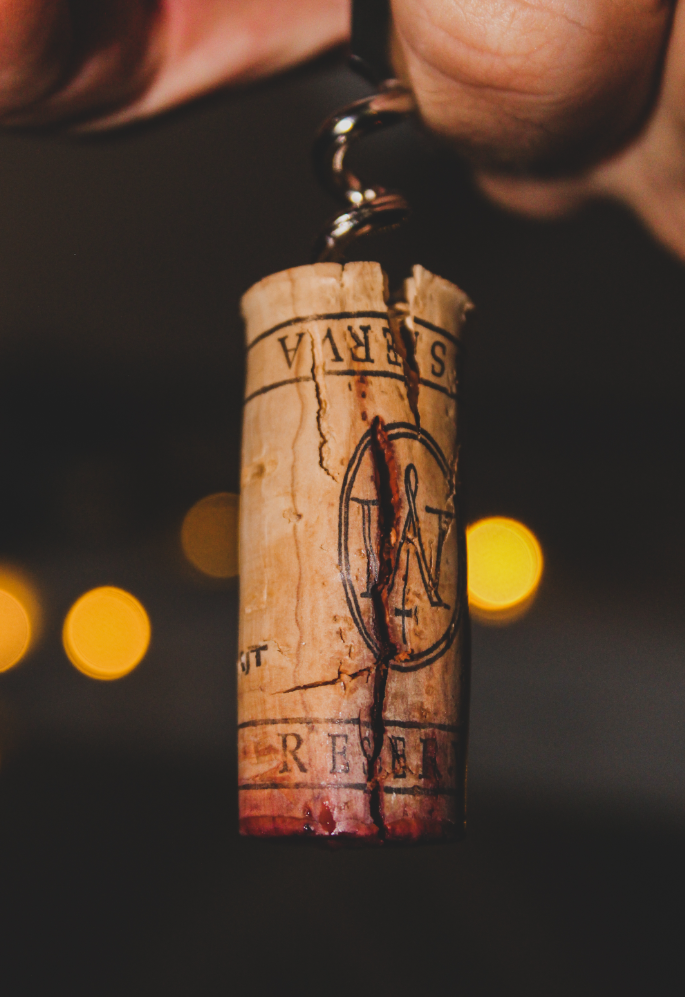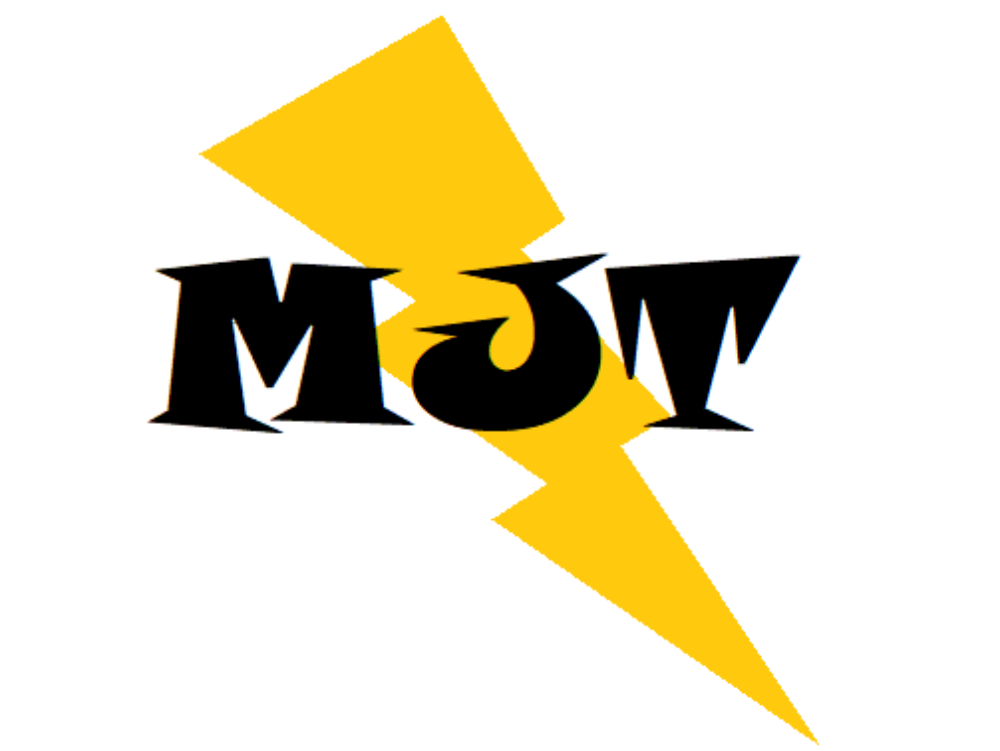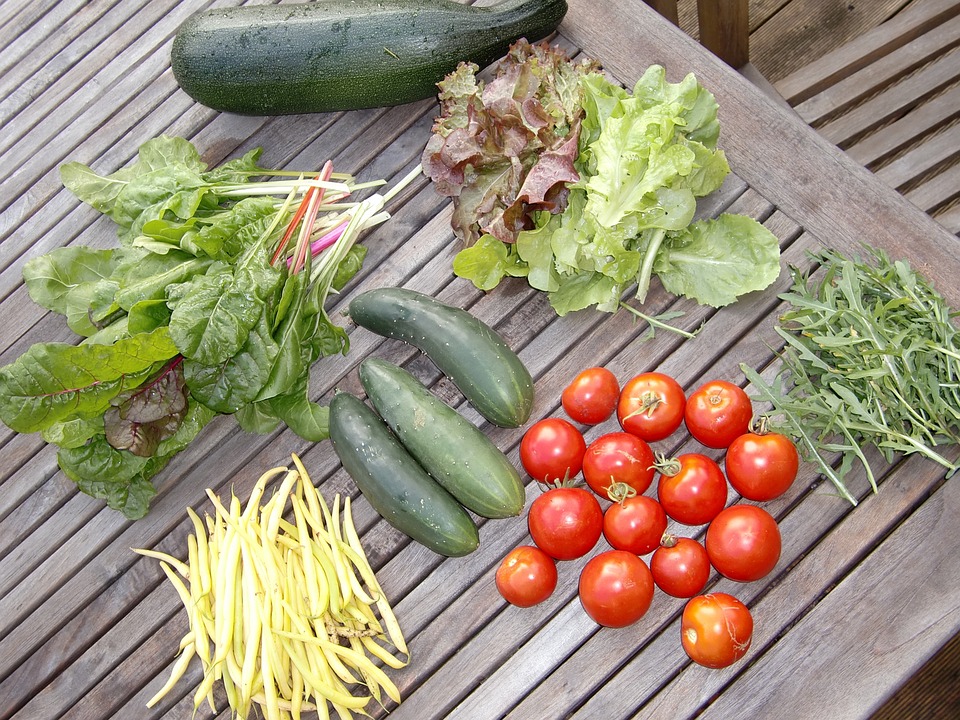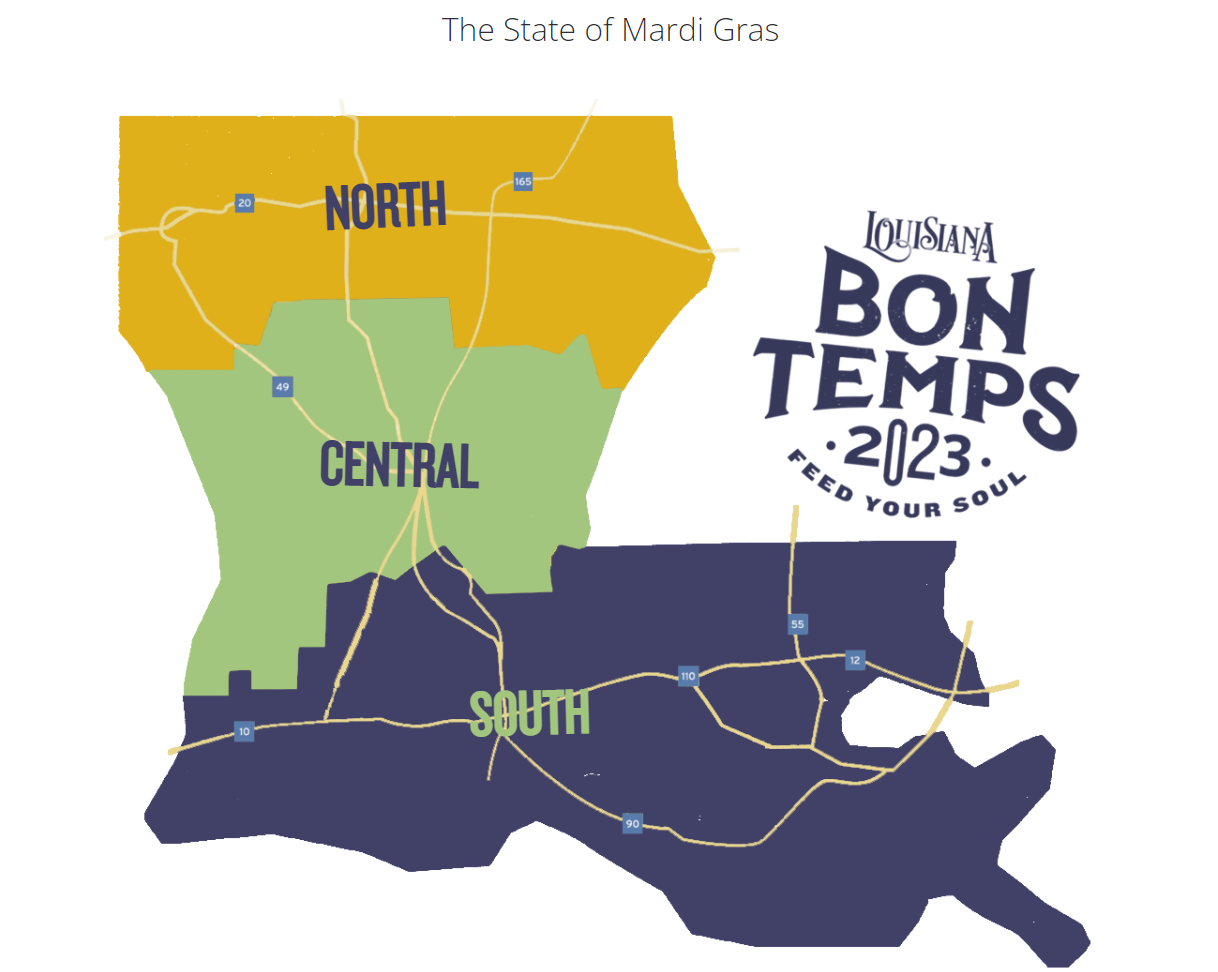
Cork (Corcaigh) It
Cork can be a common item to see in use without giving a lot of thought to what it actually is or where it came from. It’s used in items ranging from wine bottles to coasters to fishing bobbers. It’s also being put to newer uses such as flooring. Cork comes from a tree and is recyclable and reusable. It also is harvested without cutting down the tree.
“Cork was first used by the Egyptians and Persians for fishing floats, then by the Ancient Greeks and the Romans who also made sandals and used it to seal amphorae jars. It wasn’t until the late 1700s before glass bottles became the wine vessel of choice and their intimate relationship with the humble cork stopper began. Today there are 2.2m hectares (8,494sq miles) of cork forests growing around the world, producing around 13 billion cork stoppers every year, which are used in about two thirds of the roughly 20 billion bottles of wine sold annually. In recent decades, the material has faced increasing competition from screw tops and synthetic stoppers, but the cork industry has been mounting a concerted comeback in the past few years. Cork oaks grow for an average of 25 years before their first bark can be removed and then it takes a further two harvests – 18 years in total – before it can produce cork of good enough quality to be used as a stopper.” Source: https://www.bbc.com/future/article/20221013-why-the-humble-wine-cork-is-being-reinvented
Follow the path from tree to wine bottle step by step: https://www.wineanorak.com/corks/howcorkismade.htm
“Prized for the lightweight, elastic bark, cork oaks can also store large amounts of carbon during their long lifetimes. Now there are moves to find new uses for this material. Standing under the sprawling branches of the largest cork oak tree in the world, it’s obvious where The Whistler Tree gets its nickname. Songbirds perch in the canopy of the Portuguese Monumental Oak, which was planted in 1783 and is now approaching its 240th birthday.” Source: https://www.bbc.com/future/article/20221013-why-the-humble-wine-cork-is-being-reinvented
Easter Egg #1: Have a few corks laying around from some wine bottle activities? Don’t throw them away! Here are some ideas for using them: 25 DIY Ideas
Easter Egg #2: Cork is also a city in Ireland. Named after the tree? No. Corcaigh is indicated to be the Irish spelling with the word meaning “marsh”. Seems like a cool place to check out.
“Is Cork the best place in the world? Cork folk certainly think so. This breezy, cosmopolitan spot in Ireland’s southwest inspires a devotion in its locals that few other places can rival. And it’s easy to see why. Sitting proudly on an island in the middle of the River Lee, Cork’s feelgood buzz surges through its hip coffee shops, vibrant art galleries, off-beat museums and seriously good pubs. Despite being a city, there’s a decidedly towny feel here – life is laidback, nothing is too much hassle. Pleasantly compact, friendly and with a wry sense of humor, Cork does things its own way, which makes a break here feel totally unique. Enjoy a gig in a beautiful converted church, explore an eerie 19th century jail and go on a whirlwind tour of traditional tastes at the food mecca of the English Market.” Source: https://www.ireland.com/en-us/destinations/county/cork/cork-city/


